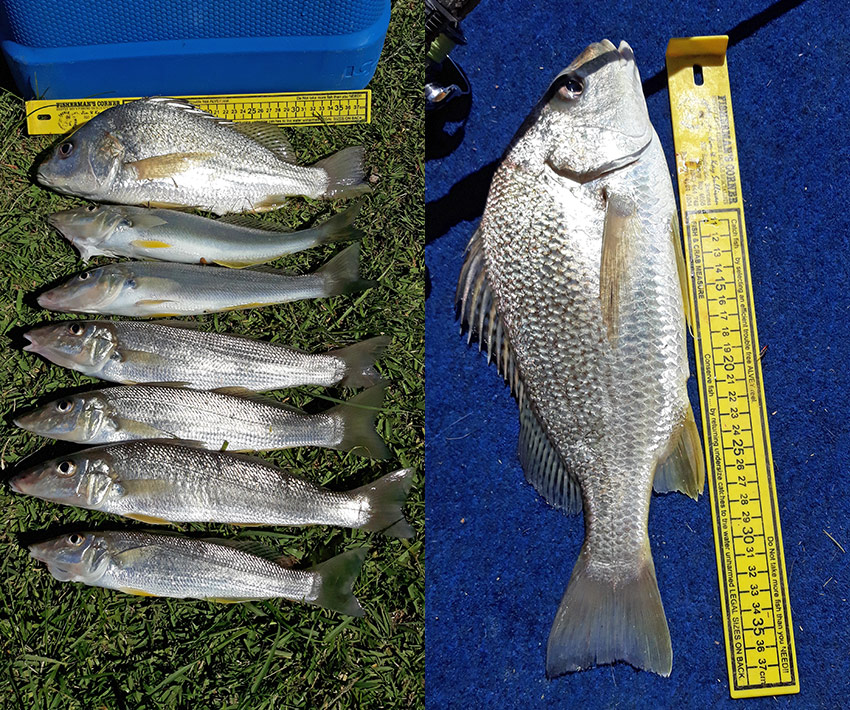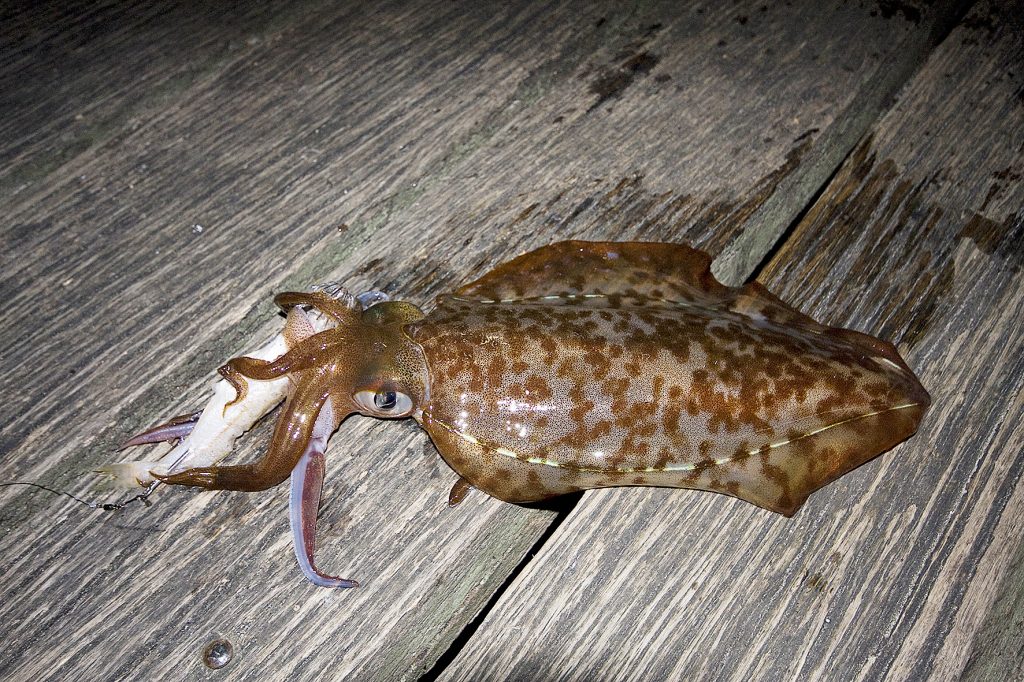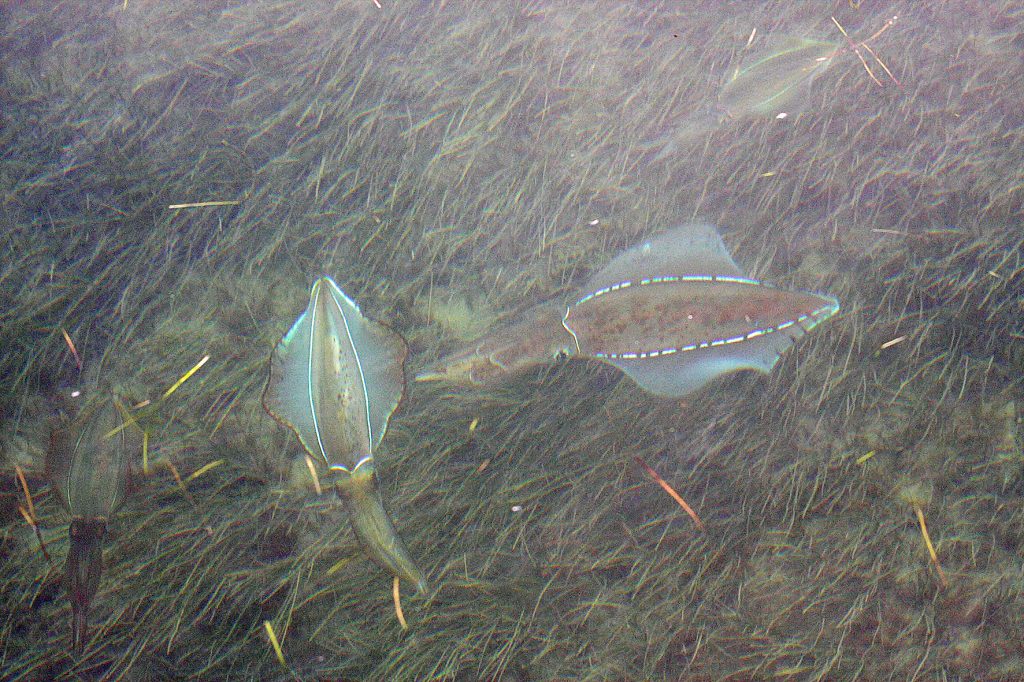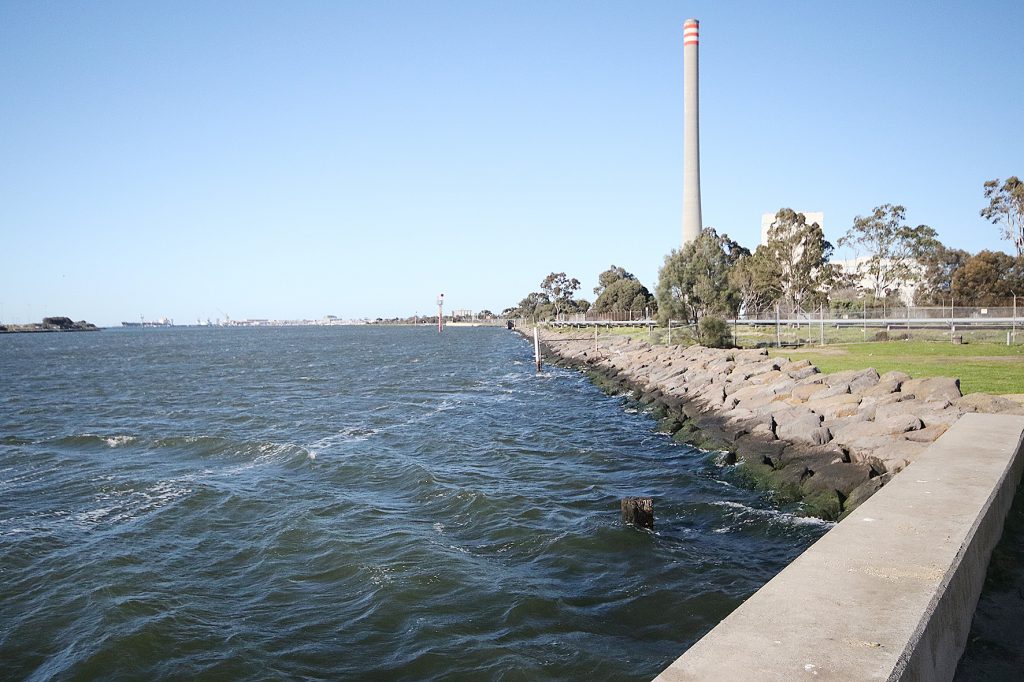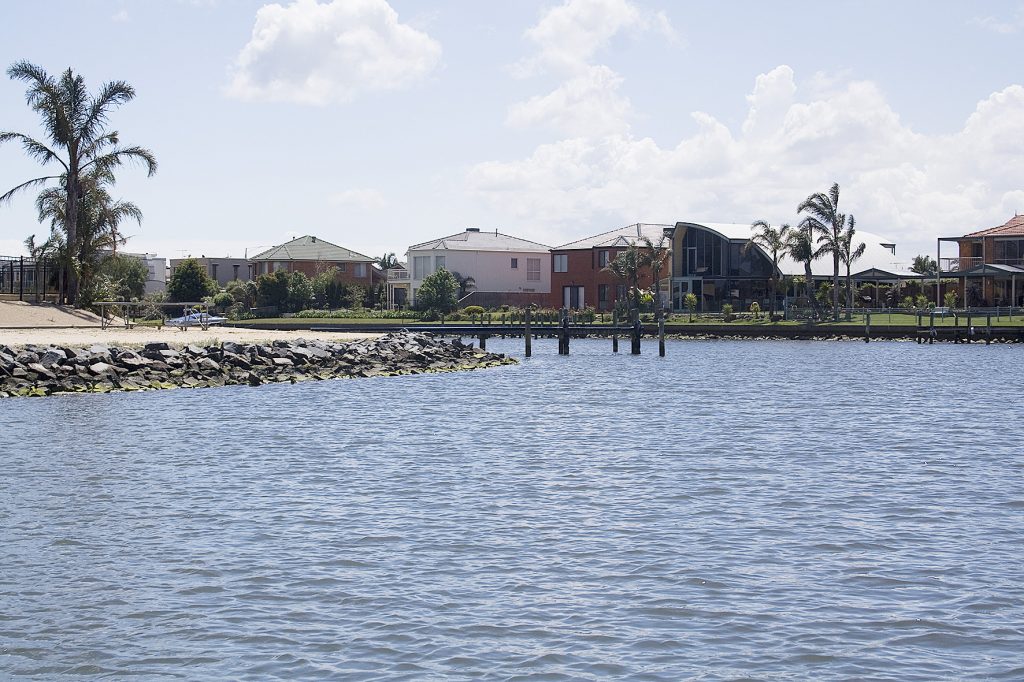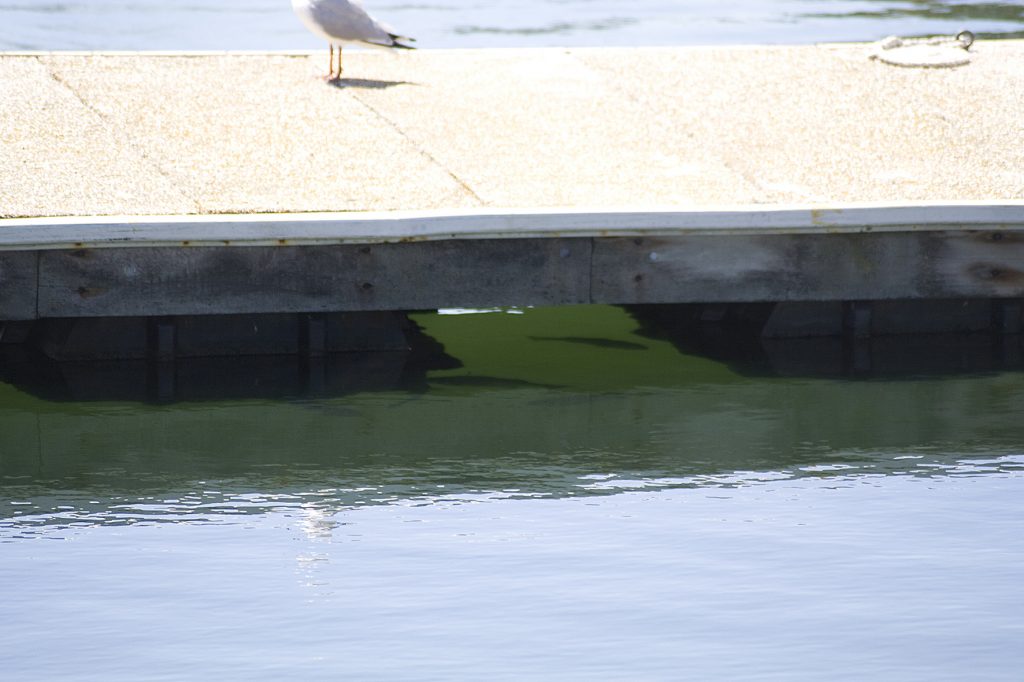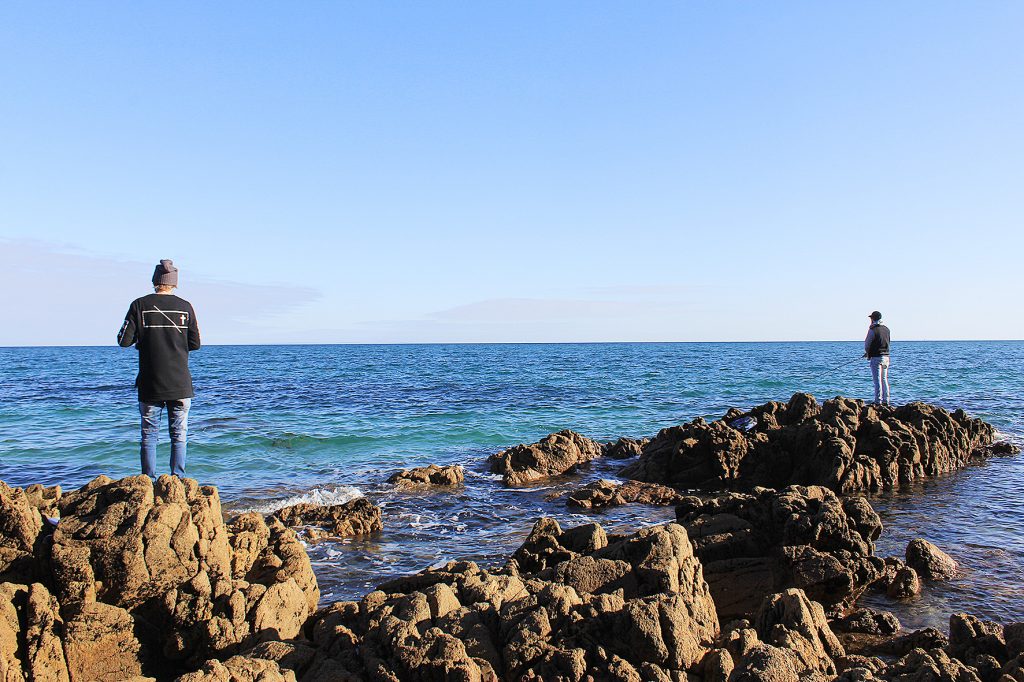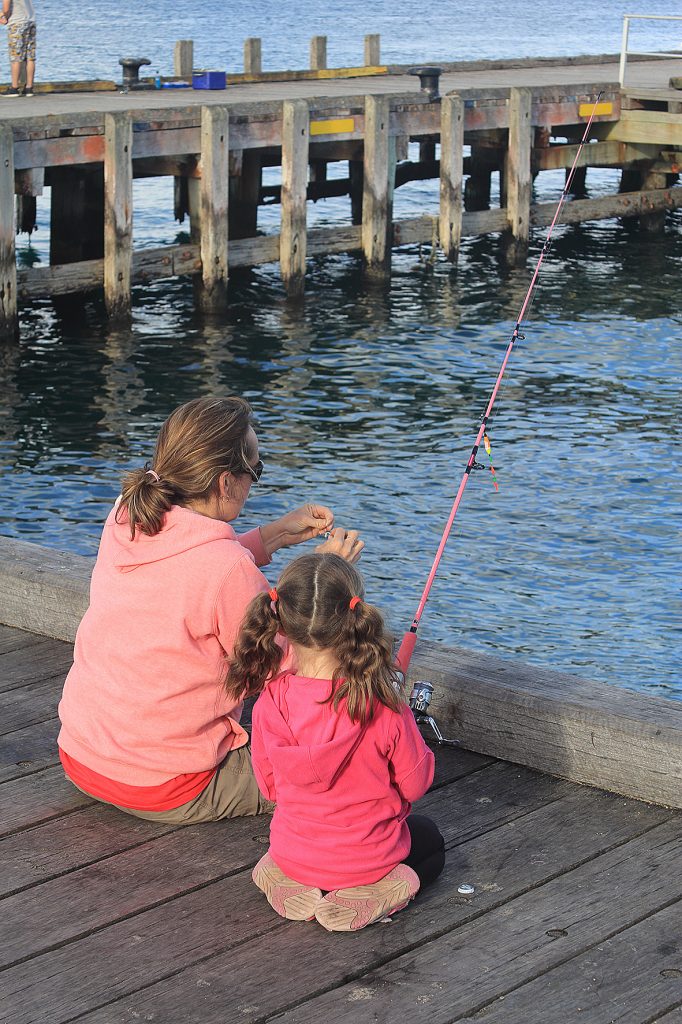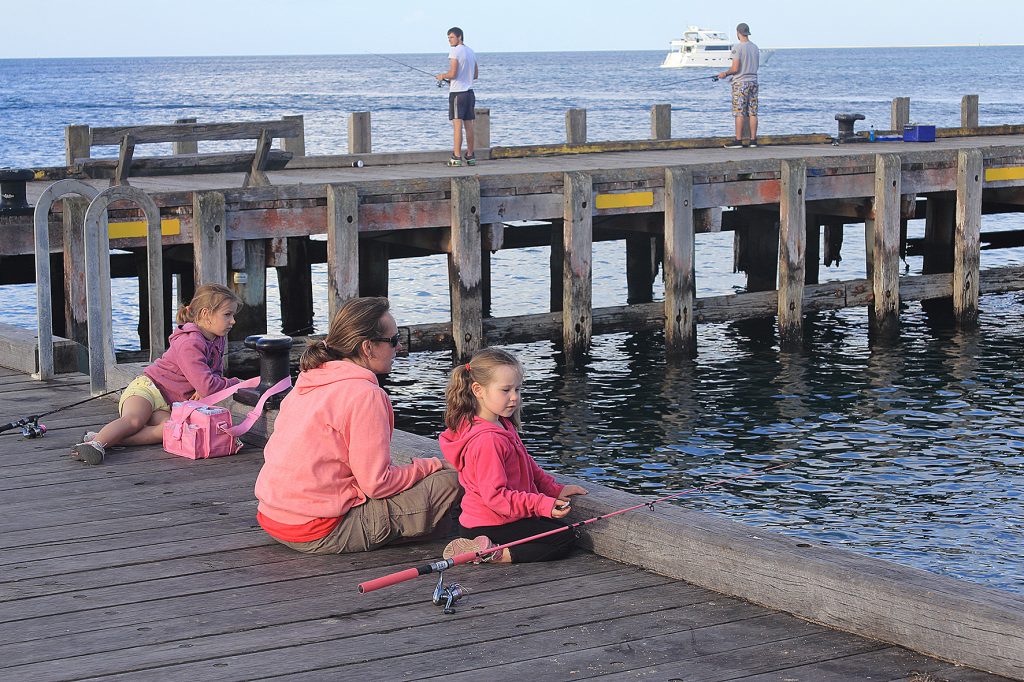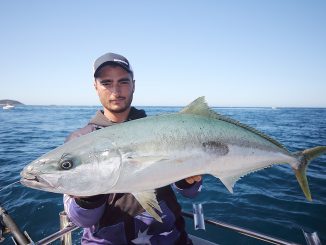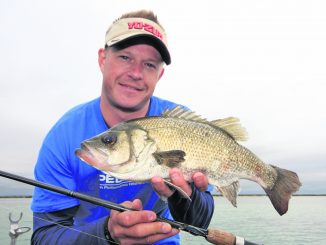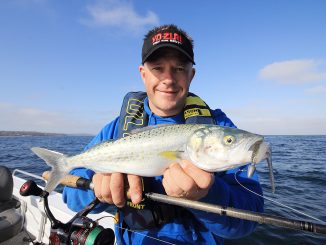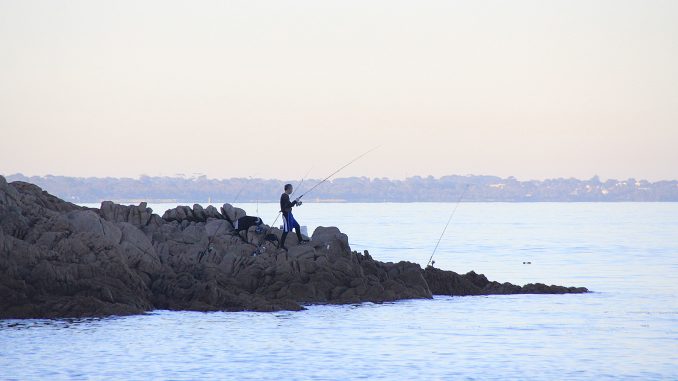
by Jarrod Day •
For many anglers owning a boat is a dream, and while it might become a reality to some, it can be an extremely farfetched possibility for others. Regardless, you really don’t need a boat to catch quality fish around Port Phillip Bay.
Having a coastline of nearly 2000km, there are literally hundreds of locations in which you can head to and dangle a line on any given day in Victoria. Even if you’re wanting to hunt down something larger than a whiting or calamari, snapper, there’s plenty of land-based locations to get stuck into gummy sharks and even bronze whaler or seven gill sharks.
What differs keen land-based anglers from one other anglers is the sheer passion to succeed. Those who have set themselves goals to catch a 5kg snapper from the rocks will do things a lot different to those who just head down to a pier in hope that they hook something.
Mind you, the feeling of success after catching any fish is still the same.
When embarking on a land-based fishing session, the first question you need to ask yourself is what you want to target, then where, when and how. Of course, to answer these questions you first need to start researching the species you’re wanting to target before looking into where a possible location may be worth trying your luck.
LOCATIONS
Portsea Pier
Located at the furthermost point of the Mornington Peninsula, Portsea Pier is a well-known destination for anglers targeting calamari, garfish, salmon and whiting on any given day throughout the year.
This pier, while a sound structure, offers anglers great success for your more ‘bread and butter’ species.
Reaching around 4m depth at its end, the bottom is made up of broken kelp beds and seaweed and being quite tidal, it is a great area for calamari to spawn and lay their eggs.
On any given day or night, it is uncommon for the pier to have no-one fishing, even in rough weather and torrential rain.
Although many of the species caught are predominately seasonal, the aforementioned are still a possibility all year.
Portsea Pier is a great pier to fish from, but you do need time your fishing right. Ideally, two hours either side of a tide change is recommended, with more emphasis focused on the top of the high tide. This is when your targetable species will move in closer searching for potential foods.
Calamari will be lurking amongst the weed beds and given there are some large models around, you should work a 3.0 size jig. Alternatively, you can float out a silver whiting on a squid jag under a float and at the same time, work a squid jig to pass the time while waiting for the baited jag to be taken.
Whiting on the other hand can be in large numbers and are traditionally caught from the far-left end of the pier. With a good cast in the northerly direction, there are many sand holes, but it pays to put a few casts in different areas until you get a bite. Then, remember that cast and fish the same spot to continue success. Due to the surrounding weed, a paternoster rig is recommended, as this will keep the baits above the weed in most situations.
Mt Martha Rocks
Mt Martha Rocks is fast becoming the best location for anglers in search of snapper throughout the summer months.
Though access is limited to some degree, those who get there first usually get the prime casting position.
Garfish, whiting, salmon, silver trevally and calamari are also on offer, but it is the lure of snapper which can see dedicated anglers fish throughout some extreme weather conditions to catch them.
Scattered with pockets of weed beds, the bottom is mostly sand, but when the southwesterly and westerly winds blow, snapper push within casting range. Of course, from these wind directions you are casting into the wind, which is where a surf rod will allow larger baits to be cast.
Snapper in this area can reach over 6kg, so your choice of tackle needs to be up to standard. This can consist of 40lb leader with a snelled set of 5/0 suicide hooks with a whole pilchard, half a garfish or fresh calamari ring. Of course, the most suitable rig a running sinker rig, however for casting distance, a paternoster rig such as the Mustad Fastach Rig setup is ideal.
Whiting are also abundant throughout summer and can be caught with a much lighter setup and paternoster rig. When fishing for them, choose a high tide early in the morning so the boat traffic doesn’t scare them off. Whiting respond really well to pipi baits and small strips of squid.
If you are targeting them, it pays to fish with a few rods so as to scatter your baits about the area. This will allow you to locate them once you hook up, and then you can repeatedly cast to that location each time.
Another prized species from the rocks are garfish, and they tend to swarm in September and October. While they may be small, they are delicious and easy to catch. To attract them, I use berley, and this can be breadcrumbs mixed with tuna oil. This can be thrown into the water at a consistent rate.
Ideally, fish from the last hour of the run-in and first three hours of the run-out. This will allow the tide to create a berley trail that will bring the gars within reach. A light float setup with a size #12 long shank hook and a small slither of silverfish or a few maggots works best for gars.
Patterson River
Undoubtedly the most popular boat ramp for anglers fishing Port Phillip Bay, the Patterson River complex is a land-based anglers Mecca for a wide range of species.
Calamari, salmon, yellow eye mullet, silver trevally, bream, estuary perch and mulloway are the more common species caught.
Throughout the year and more commonly in rough weather, schools of salmon congregate at the river mouth. Anglers can have great success casting small 15-20g metal slugs from the rock wall.
At certain times of the year, calamari can also be caught inside the river. Just below the highway bridge on the southern side there is a small reef where calamari can be caught using small size 1.6-2.0 jigs.
With its estuary feel, bream are the dominant species and flourish throughout the system. Although many anglers try their luck around the highway bridge pylons, they also do well at the far end of the carpark around the flood gates.
Bream can be caught using varying methods, with flicking small lures highly effective. Bait fishing with a running sinker rig and prawns is sometimes irresistible. Bream are caught right throughout the system and if you’re keen on exploring, you’ll have to pack light and look for other access points.
Doing this can lead to you finding some very productive locations, and not just for bream. In the summer months and usually on a calm night, estuary perch are caught by anglers flicking small surface lures such as poppers and cicada baits. Estuary perch often hold around the weed beds and reed and are extremely active during these times. A finesse approach is essential to catching them, but all the hard work can be worth it.
Of all the species, mulloway are the most highly-prized and they are not easy to catch. While they do frequent the system in fair numbers (with some fish around the 8kg mark being caught), you do have to do your research. This means knowing the tides, moon phases and locations they are likely to be looking for food.
Bait fishing with a running sinker rig is the preferred method and fresh strips of calamari are great for bait. On the other hand, many anglers walk the banks casting and retrieving soft plastics and jerkbait style hardbody lures. The river isn’t that deep, with shallow edges where you only need to be flicking a lure that dives to a maximum of a meter. In saying that, mulloway are known for taking small baits and 40mm metal or soft vibes are equally as deadly as a calamari bait.
Melbourne CBD and surrounds
Around the city is an angler’s playground, with countless of access points where anglers can catch bream, salmon, silver trevally, garfish, snapper and the highly-prized mulloway.
Piers and jetties abound, and bream are the most highly sought, mainly because they are quite abundant around the piers and jetties pylons.
There are many techniques for bream, however they can be cagey, so where possible try to present baits as naturally as possible. This includes lures where a long pause between winds could make the difference. Then again, slow sinking stickbaits or suspending crankbaits could just catch their attention. In saying that, small wriggler style soft plastics on 3-5g jigheads for a natural presentation also work well. Bream will take most baits, but peeled prawns and mussels fished unweighted tend to be a hot favourite.
Although you might be setup for bream, don’t be surprised if you hook a trevally or salmon. Mind you, these guys are tough competitors and can bust anglers off in mere seconds.
While there are many species to catch, snapper have been increasing in numbers over the past few years, with fish as large as 5kg being caught on a regular basis through the summer months. One location is the rock wall along Dockside at Riverside Park. Here you can walk right along the edge of the Yarra where many anglers all sit and cast big baits from. Snapper cruise outside of the rock wall regularly however due to the heavy load of boat traffic throughout the daylight hours, and nighttime during a high tide seems to be the prime time.
Single dropper paternoster rigs with a snelled set of suicide hooks to fit whole baits such as pilchards, squid and garfish are extremely enticing for a hungry snapper.
In saying that, the odd catch of a mulloway is also a high possibility, especially when fishing the moon phases. Mulloway will take a range of baits and the humble pilchard is always a good option. To increase your chance at success though, small strips or rings of fresh calamari are top bait, but if you spend some time catching live mullet or squid, even better! Live baits work exceptionally well, but it does take a lot of effort to do this. Still, if a mulloway is on your target list, then the effort put in is often worth it.
Queenscliff Pier
Providing anglers access into deep water, Queenscliff Pier sits pretty much adjacent to the Portsea Pier, almost opposite it on the Bellarine Peninsula.
It is well known for producing hordes of calamari year-round, with the best fishing occurring during the night, and this makes it extremely popular with anglers throughout the holiday season.
Effective techniques are casting and retrieving squid jigs, while many anglers choose to use a bait jag under a float and have extremely good success. Depending on the tide, you’ll have to fish on the side that the current is flowing. This will allow your bait and float to head out with the tide.
Bait fishing anglers can also catch you a myriad of species, including silver trevally, salmon, leatherjacket, wrasse and both King George and grass whiting. These species can all be caught using a paternoster rig tied from 12-15lb fluorocarbon leader, and it will only be the hook size and style that will differ. In saying that, if you want just one hook that will catch all the mentioned species, stick with a #6 or #4 Mustad Demon Light Circle.
Queenscliff Pier can also produce some impressive catches, and if you’re looking for a fish to rip line from your reel, then you best rig up the heavy tackle. A few anglers over the years have tussled it out with seven gill sharks and bronze whalers, and while they are a possible catch, prior research and time on the water is needed to be successful.
Still, for a pier in a hot holiday location, there is a large array of species to be caught here.
So there you have it, some cracking, easy to get to land-based locations around Port Phillip Bay. Make the most of the warming weather and get out there!

